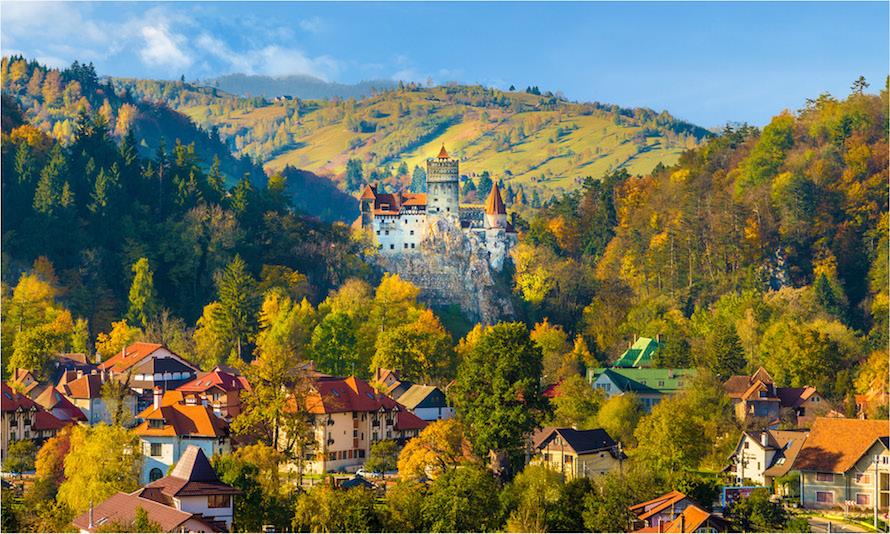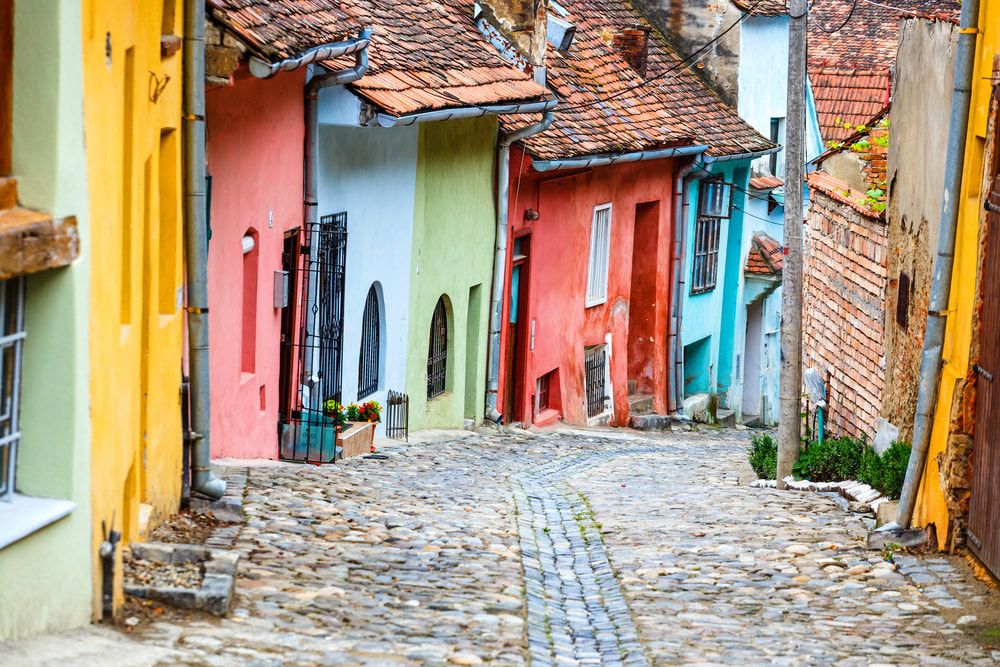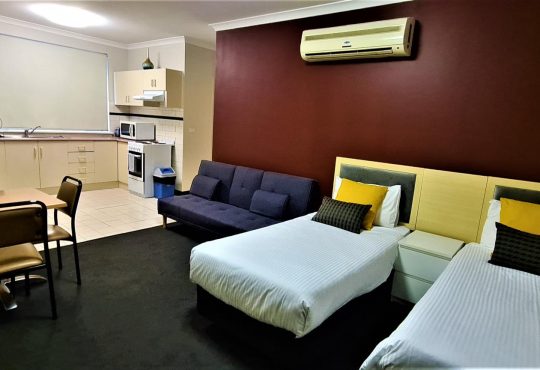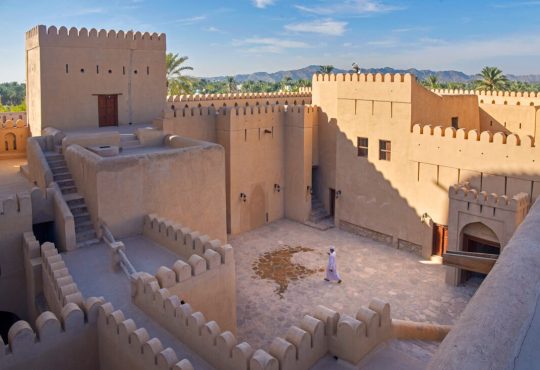
The Romanian Trip
Romania is a country not so many people have ever heard about. For some fans of sport the word “Romania” gains a meaning only after hearing such names as Gica Hagi or Nadia Comaneci. Others have heard about it from Eurovision contests. However, Romania is a country which is worth being discovered. It is situated in the South-East of Europe on the coast of the Black Sea. Her neighbors are Moldavia, Ukraine Hungary, Yugoslavia and Bulgaria. These countries and the complicated history have definitively let important signs and defined its variety and specific.
The first aspect somebody gets to know when coming for the first time to Romania is the language – Romanian. For those who have never studied it it is very easy to note that the language is very similar to Italian, French, and Spanish. You are probably wondering why, as Romania is far from being a geographical neighbor of Italy, France or Spain. The history gives us the answer. The former territories of Romania, once called Dacia and populated by Indo-European tribes with the same name, were concurred by the Roman Empire in 106 AD, after which followed an intense process of colonization and romanization. This process had such a great success for the colonists that the new Romanian language, born from fusion of Latin and Dacik, consists to 60% of Latin word, which makes Romanian the most approached language to Latin. So if you know at least one of the Latin languages, there should not be great problems for you to understand the locals. Other relatively long lasting conquests (Turkish, Russian, or Austria-Hungarian) also let their imprint on the Romanian language.

However, the language was not the only element which had been influenced along the history. Different people brought to Romania their culture, traditions, architecture, religion, and even their specific way of living and thinking.
Romania is divided in nine regions and each of them has something special, unrepeatable, which is not to be found in the other ones. For example the regions which were under the rule of Austro-Hungarian Empire are very similar to the authentic Hungarian ones. At the time of Austro-Hungarian control, the people used to live in communities and this influenced the architecture of the houses. Have you ever seen more than seven houses, wall to wall without any gap between them? If you are interested, the West and North-West regions are the right thing for you. Advancing from the country side towards the center of the cities closed yards for ten houses give way to paved roads and European architecture as you know it.
Another region where the houses have an interesting architecture lay in the North of the country. Totally different from those in North-West and West, each house attracts by its fairy tail aspect and the gardens around them remind you about Eden Gardens. Some people would like to rest there, for the others it is their home.
As long as some regions impress us by their houses, the coast of the Black Sea impresses us with its ruins. From here on once started the Roman colonization and parts of the towns built by the colonists can be seen until today. The coast itself does not differ from the Spanish or Italian ones and can comfort you at any time.

Whether the South-Eastern region reminds us about the Roman occupation the capital of Romania Bucharest offers us a flashback into the times of communism. The impressive House of the People built at the dictator’s order is the second largest White House in Europe. To visit at least half of it you would need more than one day.
Religion is neither to be forgotten. The Romanians are a very religious people. From the whole population, about 80% are orthodox Christians, and only a small part of it is catholic (especially in the former Austria-Hungarian areas). There is an uncountable number of orthodox churches and monasteries, which brings the people closer to God. Only in the cultural capital of Romania – Iasi – there are over 300 churches. Each monastery from the neighborhood of Iasi (region of Moldavia) has its specific color, although their construction and style are mostly the same. There are both men and women monasteries in Romania, but curious is the fact that these monasteries differ one from another. For example in the Eastern region you will be more welcome in a female monastery, but in a mountain area the monks are much friendly than the nuns, although there the monasteries are isolated and far away from civilization. How paradoxical it would not be, we should not make fun of religion and the people who dedicated themselves to it.
The large spread of monasteries in the Eastern area can be explained by its economy. This area is considered to be the poorest one from the whole country. There are neither natural resources, nor mountains nor sea. On the other hand this area is very developed from the cultural and spiritual point of view. The locals from this region are also much friendlier than those from the other ones. Their difficult situation has probably brought them together and made them help each other.
Tourism is well developed on the Black Sea coast and can easily compete with the coast of Mediterranean Sea. The central area of the country, crossed by Carpati Mountains, attracts tourists from all over the world not only because of the beauty of the landscapes or its thermal bays and salted lakes, but also due to the well-known legend of Dracula from Transylvania. Whatever Romania makes money from its tourism is not to be ignored and would definitively sustain it at any costs whenever I had the possibility to. Discover it yourself!


